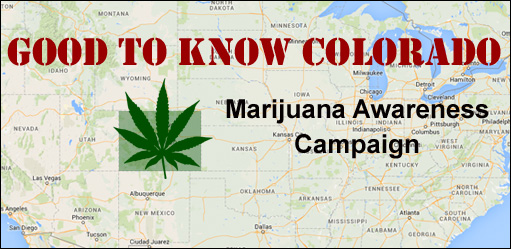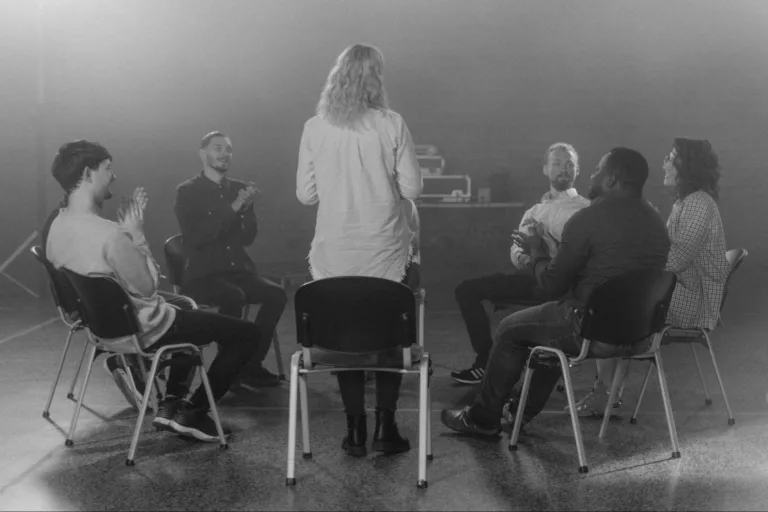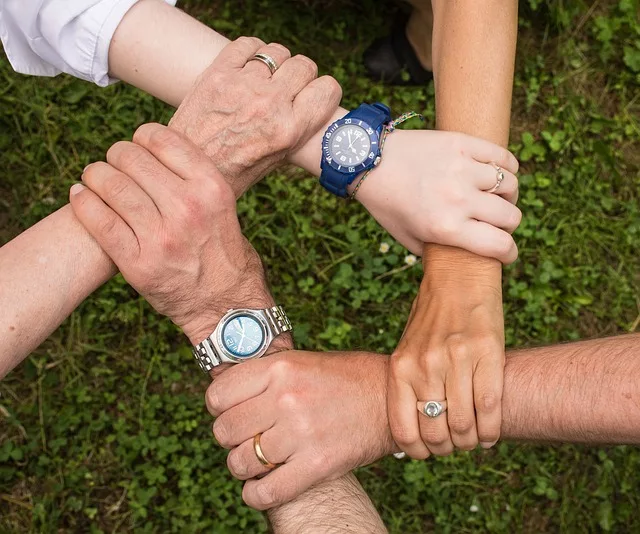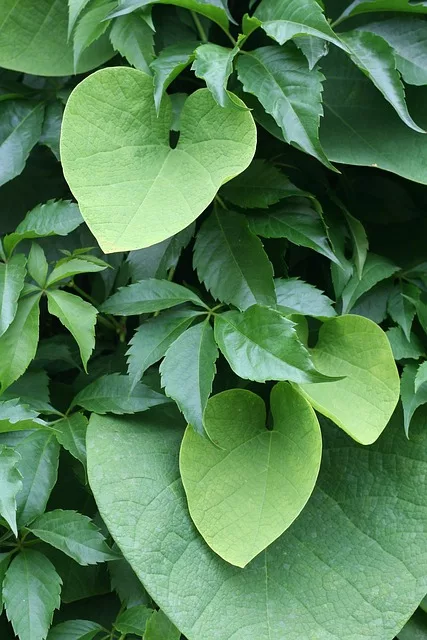States across the country are legalizing the recreational use of marijuana. It’s been a hard-to-miss news item for some time since Colorado led the charge, passing the necessary legislation in 2012. Pot advocates everywhere hailed the passage as progress. Washington State soon followed the trend, while Oregon and Alaska trail right behind. Voters in other states are pressing their representatives to do the same.
Whenever a new drug is legalized, however, there are always unintended consequences. These can range from overuse or misuse of the substance to a spike in robberies or other crimes related to the legal marijuana industry. Lawmakers, retailers and users are now trying to find a balance between the hazy lines of recreation and education.

Colorado is again out in front with a first-of-its-kind public awareness campaign called “Good to Know Colorado.” This is a $5.7 million effort to educate its citizens and the overwhelming amount of “weed tourists” flocking to their towns and cities on the state’s marijuana laws.
A survey taken in the state found a mere 27 percent of its citizens knew smoking pot in public to be illegal, and only 23 percent knew selling the drug to a youth under 21 is also illegal.
What Are the Main Points of the Good to Know Colorado Marijuana Campaign?
The Colorado marijuana education program has been released on most media platforms and stresses to inform the public about following information:
- It’s illegal to purchase, possess or use marijuana if you’re under 21
- It’s illegal to use marijuana in public
- It’s illegal to take marijuana out of the state
- It’s illegal to use or share marijuana with anyone under 21
- Protect youth from underage marijuana use. Keep it locked up, out of sight and out of reach
The public awareness effort is being paid for with taxes from the sale of recreational marijuana. Administrators are hoping that education will stem some of the problems the state has been experiencing, especially with the very potent edible marijuana products.
These items, such as cookies, brownies, lollipops or any other number of threats, are infused with THC. Users don’t immediately feel the effects after ingestion, as they do with smoking marijuana.
Therefore, it’s harder to self-regulate, and users learn, often too late, that they’ve ingested far too much. Many retailers have taken it upon themselves to staple informative “effect cards” to each purchase, even though the state doesn’t require this.
Another unintended consequence of the state’s marijuana policy has landed them in the United States Supreme Court.
Oklahoma and Nebraska have sued Colorado because of the overflow of pot into those states, where the substance remains illegal. Both states have experienced an increase in arrests. They’ve petitioned the court to halt Colorado’s marijuana sales.
Even in the face of these consequences, the trend seems to be moving towards even more states legalizing recreational marijuana, especially given the financial gains states like Colorado and Washington have experienced.
As of yet, there have been no formal studies of how legalized recreational pot is affecting those in recovery or if treatment centers are seeing more cases of marijuana addiction. Time will tell.
As the chief medical officer and director of the Colorado Department of Health, Dr. Larry Wolk, noted last month, “This is still uncharted territory for us, and really for everyone in the United States.”
Related:
These Aren’t Your Grandma’s Brownies: Marijuana Edibles
The Straight Dope: Cannabis Use Disorder, Intoxication And Withdrawal
Why is Teenage Drug Use Such a Big Deal?





